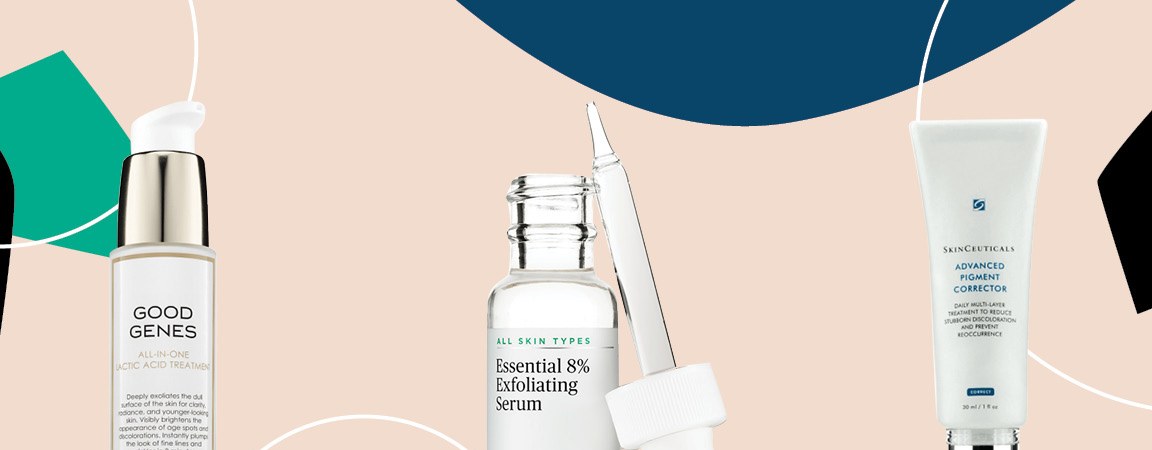The Best Acne Scar Treatments, According to Derms

So your zinger of a pimple finally went away. (Congratulations!) But before you put away your concealer, look again. You might be dealing with some side effects, like a new dark spot right where the offender in question was. It’s an acne scar, and it’s like your zit’s final kiss-off.
Dermatologists would first like us to know that what most of us consider acne scars—that is, the residual marks following a popped pimple—aren’t always scars (since scars imply permanence). Most derms refer to the subsequent discoloration as stains, marks, or blemishes. And the good news? These are usually temporary.
“Red marks or blemishes are the result of smoldering inflammation left behind by the active pimple,” says Kenneth Howe, M.D., a dermatologist at Wexler Dermatology. “These marks will fade, but that can take a long time, and it’s frustrating.” Popping your zit will definitely lead to marks even darker than this (think purple) that last longer, too. So if you’re prone to them, consider it yet another reason to keep your hands off. Another common stain are dark spots, or hyperpigmentation. These crop up more often in those with darker skin tones—and, similarly to red marks, get worse when you squeeze them. But even that’s not enough to avoid them. “Deep cysts can cause pigment, even if you restrain yourself from touching,” says Howe.
True acne scars, on the other hand, permanently alter the texture of your skin. They’re usually divvied up into three categories—boxcar, rolling, or icepick—which denote the shape of the dent in your skin. Usually, “the only effective treatments are in-office procedures,” says Howe. And if you’re thinking lasers, like Fraxel and Accupulse, and surgical procedures, you’re right, and possibly psychic.
That doesn’t mean it’s a lost cause. Certain topical ingredients can address discoloration, minor textural scars, and, in some cases, both. Click through to see what the derms recommend if you’re going to DIY it.





